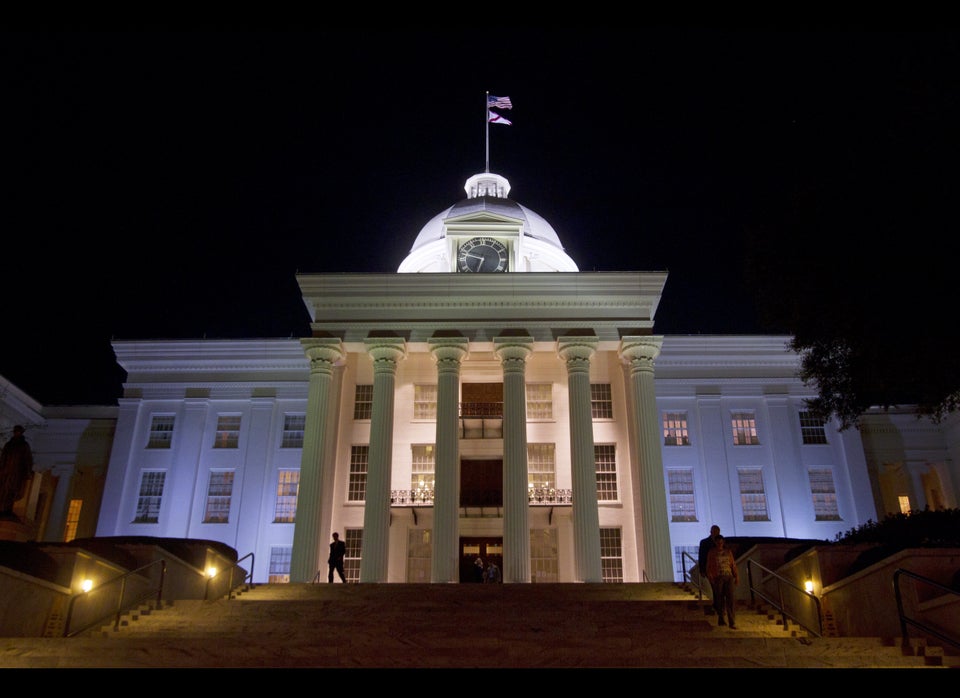
Lenco, Inc., makes the Bearcat, an armored personnel carrier that's popping up in cities, towns, and counties across the country. Last year, Jim Massery, a spokesman for the company, told me they now have Bearcats in 90 of the 100 largest cities in America. They also have them in lots of smaller, even tiny towns like Keene, New Hampshire. These cities and towns are buying the vehicles with anti-terror grants from the Department of Homeland Security, at a cost of a few hundred thousand dollars each.
Critics (like me) say arming every small-town police department in the country with gear more suited for a battlefield is fostering a militarized, aggressive mindset in America's police forces. Moreover, because most small towns will never see a school shooting or terrorist attack, once the gear is in place it inevitably gets used for more mundane police tasks -- mostly drug raids. But because this stuff is "free" -- the federal government foots the bill -- there's usually no local discussion or debate about whether it's appropriate for domestic policing. (There was such a debate in Keene. Residents protested, but the town went ahead with the Bearcat, anyway.)
At the time I wrote my article on Keene, Lenco was using an interesting video to market the Bearcat. Shot from a first-person-shooter point of view, the video included images of cops dressed in camouflage, shooting high-powered weapons, eventually using a battering ram affixed to the Bearcat to punch a hole in a building, through which the vehicle then injected teargas. All of this was set to AC/DC's "Thunderstruck."
After the video received some criticism, Lenco sent a take-down notice to Google, and it was removed from YouTube. I'm republishing it here, because I think there are political and policy reasons to let the public see how these companies are marketing themselves to police agencies. They wouldn't use these images if they weren't effective at winning business. And that this sort of highly-militarized imagery is effective at attracting the interest of police agencies -- why that is, and what it means -- are issues worth discussing.
I bring this up again because Lenco recently released a new video, this time for public consumption. This time, the company is promoting its brand by appropriating images from the manhunt and crackdown in Boston after the April marathon bombing. I'll let you decide if this is creepy propaganda or merely a government contractor celebrating the heroism of police in the wake of a tragedy.
What I find most interesting here is the difference in tone and tenor between the way Lenco markets its products to police -- camouflage, guns firing, ass-kicking, Thunderstruck -- and the face it presents to the public: still images of heroic cops protecting and serving, set to classical piano. The first video is aggressive and confrontational. The second video aspires for inspiring. The contrast is telling.
HuffPost senior writer Radley Balko is author of the forthcoming book Rise of the Warrior Cop: The Militarization of America's Police Forces. It's due out in July, but you can pre-order it here.

